Community service letter template
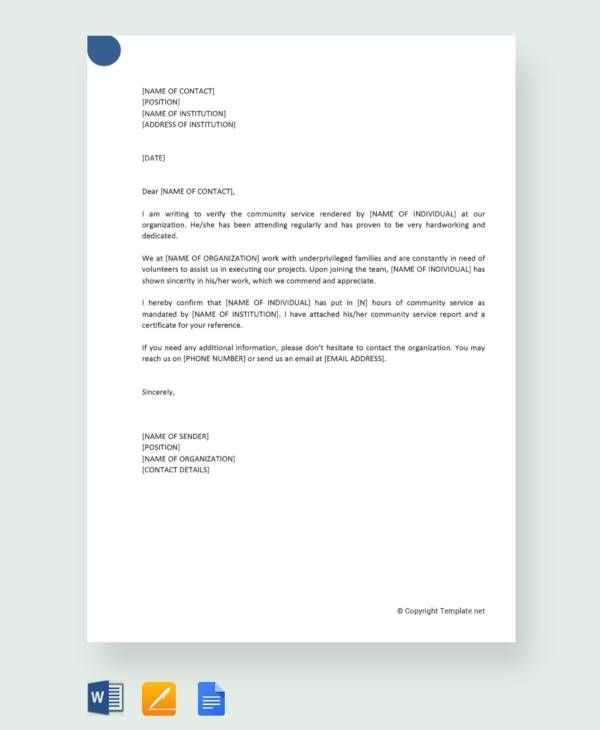
Begin by addressing the letter to the appropriate recipient, whether it’s an organization, school, or employer. Include a formal salutation such as Dear [Recipient’s Name], to establish the right tone for the communication.
Next, provide a clear description of the community service performed, including dates, the type of work, and the number of hours contributed. This section should be specific and factual to reflect the volunteer work accurately. For example: During my time volunteering at [Organization], I completed [X] hours of service, assisting with [tasks].
Following this, express your gratitude for the opportunity to contribute. Acknowledge any skills or personal growth gained through the experience, highlighting how the work has impacted you. A simple statement such as I have developed a deeper understanding of [topic/field] through my service, which has been incredibly rewarding. works well here.
Lastly, conclude the letter by reiterating your commitment to community service and offering to provide any additional information if necessary. Keep the tone respectful and professional, while also conveying appreciation for the time and resources spent on the service. Sign off with a formal closing like Sincerely, followed by your name and contact details.
Community Service Letter Template
Begin with the recipient’s name and contact details, followed by a clear statement identifying the purpose of the letter. Include the specific community service project or activity the individual participated in, along with the time frame of involvement.
Provide a concise description of the individual’s contributions, outlining their role and responsibilities during the service. Highlight any skills or qualities demonstrated, such as leadership, teamwork, or commitment to the project. Be specific about the tasks completed and their impact on the community.
Finish with a positive note, confirming the individual’s completion of the required service hours. Sign off with your name, position, and contact information in case the recipient needs further clarification.
How to Start Your Community Service Letter
Begin with a clear and concise statement of your purpose. State your intention to provide documentation of your community service experience. Include the name of the organization and the dates during which you completed the service.
Include Key Details
Provide specific details about your role and tasks. Mention any significant contributions or skills you gained. Keep it brief but informative, focusing on your involvement and impact during the service period.
Be Direct and Clear
Avoid unnecessary introductions or vague statements. Start with straightforward language that immediately conveys your message and purpose for the letter.
What Information to Include in the Header
The header of a community service letter should clearly display key details to ensure it’s organized and professional. Start with your full name, followed by your contact information, including your address, phone number, and email address. If applicable, add your student ID or a reference number for identification purposes.
Recipient Information
Next, include the recipient’s full name, their title, and the organization’s name. If you’re addressing a specific department, be sure to specify it as well. This helps the recipient quickly understand who the letter is directed to and adds clarity to the document.
Date
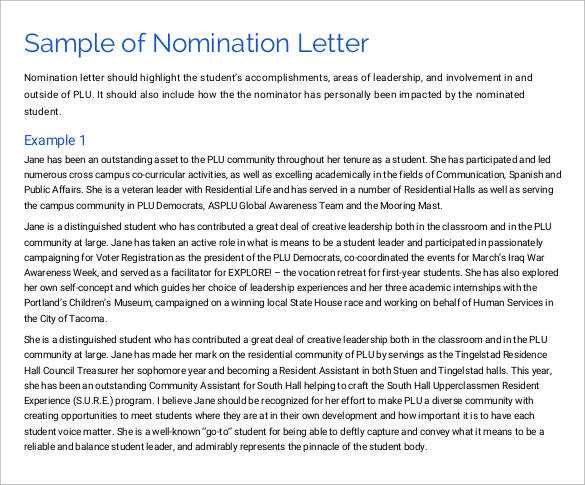
Always place the date right below the recipient’s information. This marks the letter with a clear timestamp, which is often required for official purposes. Make sure the date format follows your region’s standard–this can vary depending on location or personal preference.
Writing a Clear Description of the Volunteer Work
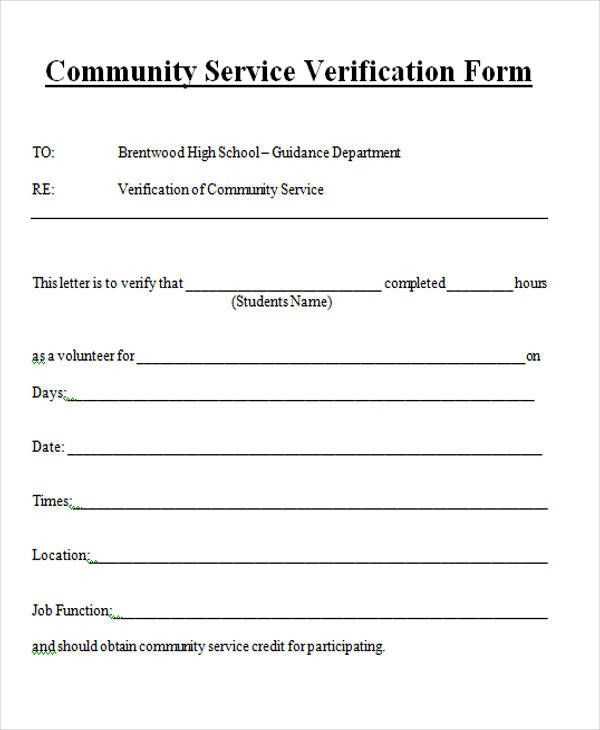
Focus on outlining the tasks you performed. Use specific action verbs to convey your contributions. For example, instead of saying “helped with events,” write “organized event logistics, coordinated with vendors, and managed guest lists.” This approach adds clarity and shows your direct impact.
Provide context to your responsibilities. Briefly explain the organization’s mission and how your work supported their goals. For instance, “Worked with a local food bank to distribute meals to families in need, ensuring that each delivery was timely and complete.”
Highlight any leadership or problem-solving roles. If you took the initiative or managed a team, mention it. For example, “Led a team of volunteers to set up and clean up after community outreach events, ensuring efficiency and organization at all times.”
Be concise but thorough. Avoid generic descriptions and focus on the key tasks you completed. For example, “Developed social media content for the nonprofit’s campaigns, increasing engagement by 30% during my time as a volunteer.”
| Task | Description |
|---|---|
| Event Coordination | Organized and managed logistics for community fundraising events, overseeing guest registrations and venue setup. |
| Team Leadership | Led a group of five volunteers during weekly food drives, ensuring tasks were delegated efficiently. |
| Social Media Management | Created and scheduled social media posts, resulting in a 25% increase in community engagement. |
Properly Detailing the Hours Worked
Clearly list the exact number of hours worked each day to ensure accuracy. Provide the start and end times for each work session. Include a breakdown of total hours for each task or responsibility. This makes it easy for the reader to verify the effort and time commitment involved.
- Record the date and specific hours for each day worked.
- Include a short description of the tasks completed during each work period.
- If the hours were split between different tasks, show the breakdown clearly.
- Use a consistent format for time entries throughout the letter for readability.
- Include any breaks or downtime if necessary, but make sure it is clear whether these hours are included in the total work hours.
Make sure the hours reflect actual work time, excluding lunch breaks or other non-working periods unless specified by the service guidelines. Double-check the total number of hours to avoid discrepancies before finalizing the letter.
Formatting the Contact Information for Verification
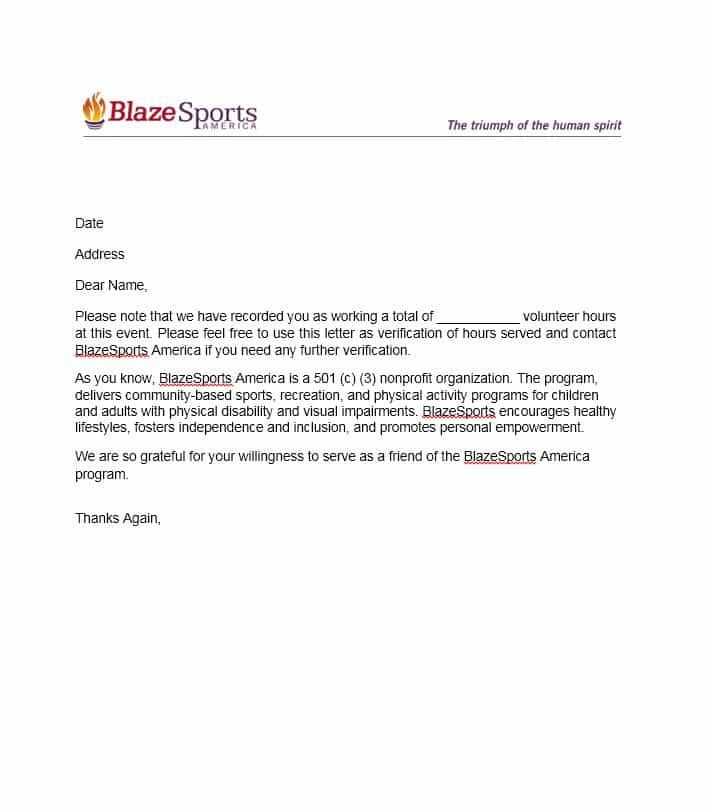
Place the contact information in a clear and easy-to-find spot on your letter. Start with the full name of the person or organization verifying the service, followed by their title, if applicable. Make sure to include the correct address, phone number, and email address. This ensures the verification process is as smooth as possible.
Name and Title
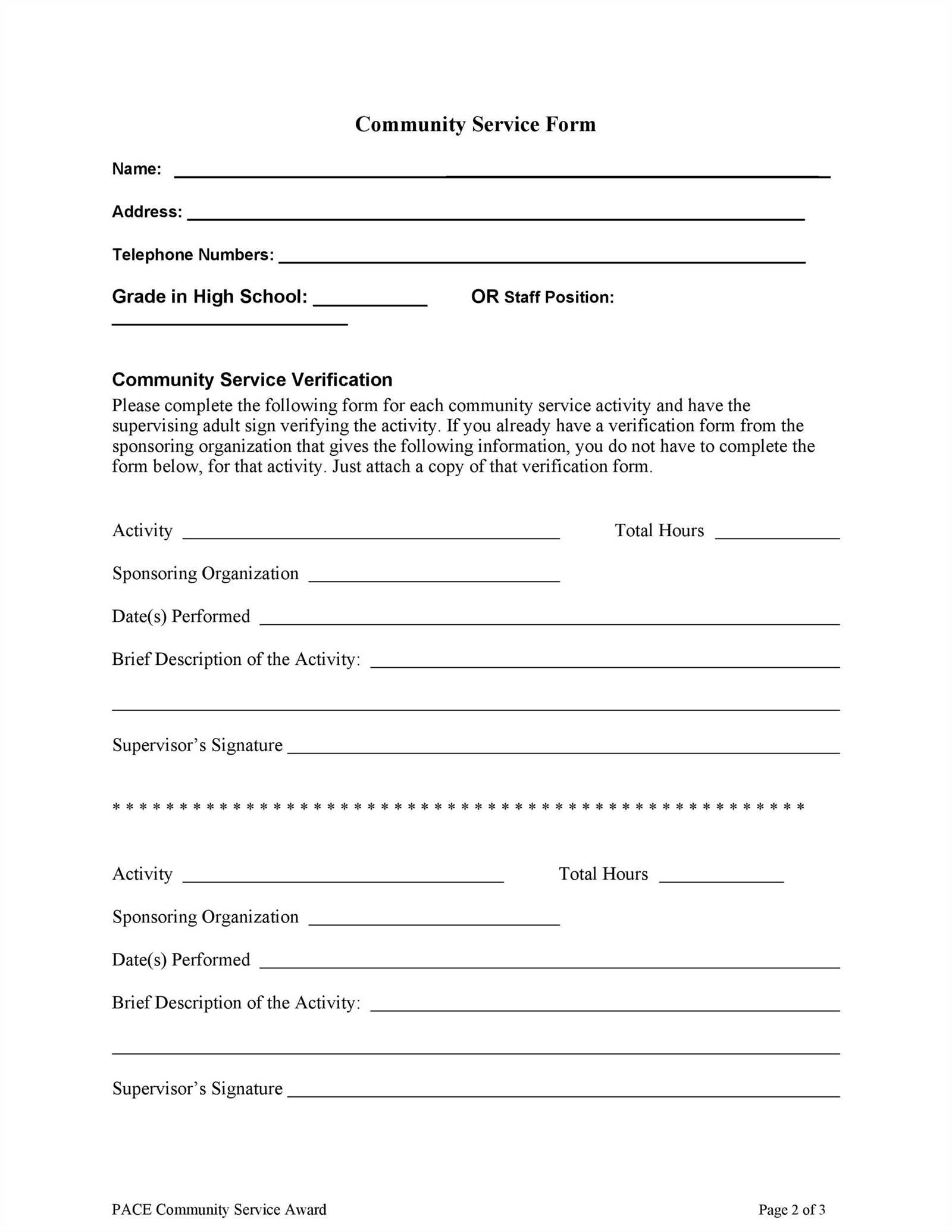
Include the name of the individual or organization responsible for the verification. If the person has a specific title (e.g., “Community Outreach Coordinator” or “Volunteer Supervisor”), list it next to their name to clarify their role in the process.
Provide a phone number and email address for easy follow-up. Ensure both are active and checked regularly. If the contact information changes, update the letter immediately to maintain accuracy.